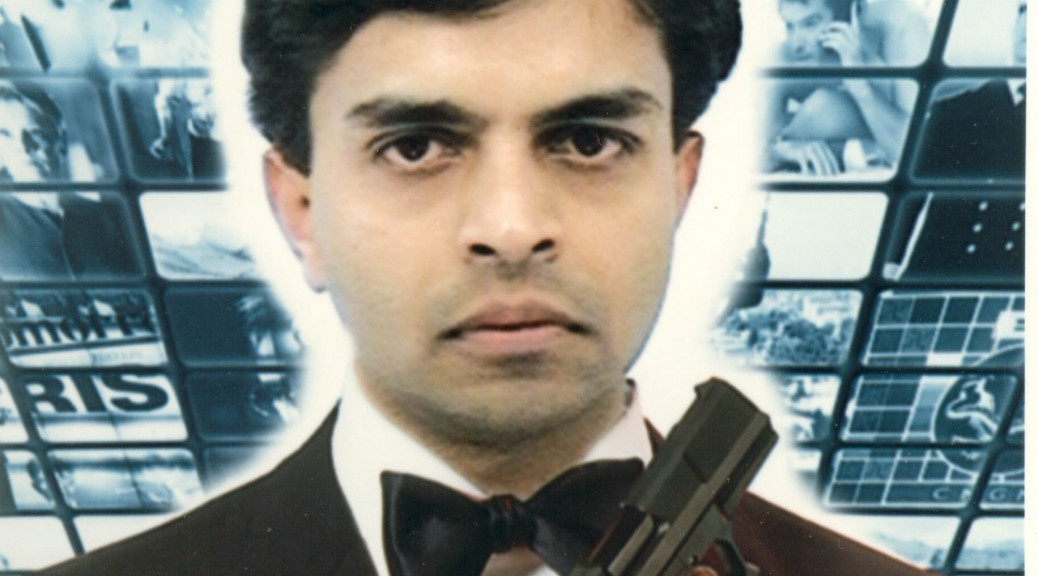I recently learned a technique in portrait photography from this artist friend of mine. He told me that one could use backlight to create beautiful portraits. I had always thought that backlight was a bad thing, which was something my dad taught me. I trusted him. After all, he used to take impressive portraits with his faithful Yashica Electro 35. Later on, after acquiring my first SLR, I spent a lot of time understanding the merits of TTL (Through-The-Lens) metering and fill-flash to counter the evils of backlight.
So when Stéphane told me that the best way to capture nice portraits is to have the sun behind my subject, I was shocked. But experience had taught me to always pay attention to Stéphane. He used to take better pictures with a drugstore paper camera than I could with my prized Nikon SLR. He was right, of course. With the sun behind them, your subject doesn’t have to squint and screw up their eyes against the light. They are less distracted and tend to smile more readily. And, most importantly, their backlit hair looks magical.
To do backlight portraits right, however, you have to be careful about a couple of things. First, make sure that you don’t have direct sunlight on your lens, which will create unseemly flares. I’m sure the next time I meet him, Stéphane will teach me how to use flares to my advantage. But for now, I would avoid direct light on the lens. Look for a spot in the shade. For instance, look for a tree casting a shadow. Don’t try to stand in the shadow, but try to get the shadow on your face, which is where the camera is likely to be. Get the tree in between you and the sun. How do you do it in practice? Just turn around and look at the shadow of your head; if it is hidden within another bigger shadow, you are safe. If not, move.
 The second thing to pay close attention to is the background. It cannot be too bright, or the average metering of your camera will underexpose your subject’s face. (Again, another dictum the creative photographer will probably scoff at). Look at the portrait of Stéphane himself, taken by me the day after I got the revelation about backlight. You can see my reflection on his glasses, trying to crouch low so as to get the dark hill in the frame rather than the bright beach sand. I think this is a nice photo, at least technically. Stéphane looked at it and complained that he looked like a James Bond villain!
The second thing to pay close attention to is the background. It cannot be too bright, or the average metering of your camera will underexpose your subject’s face. (Again, another dictum the creative photographer will probably scoff at). Look at the portrait of Stéphane himself, taken by me the day after I got the revelation about backlight. You can see my reflection on his glasses, trying to crouch low so as to get the dark hill in the frame rather than the bright beach sand. I think this is a nice photo, at least technically. Stéphane looked at it and complained that he looked like a James Bond villain!

Here is a backlit portrait of my lovely wife. See how the framing includes the dark shrubbery in the background giving the nice contrast and brightness to the face. All right, I will admit it, the composition was probably a lucky accident. But still, I wouldn’t have attempted this snap unless I knew that backlight could be good. So be bold, experiment with backlight. I’m sure you will like the results.
Here are some dramatic backlight portraits by a gifted photographer.












